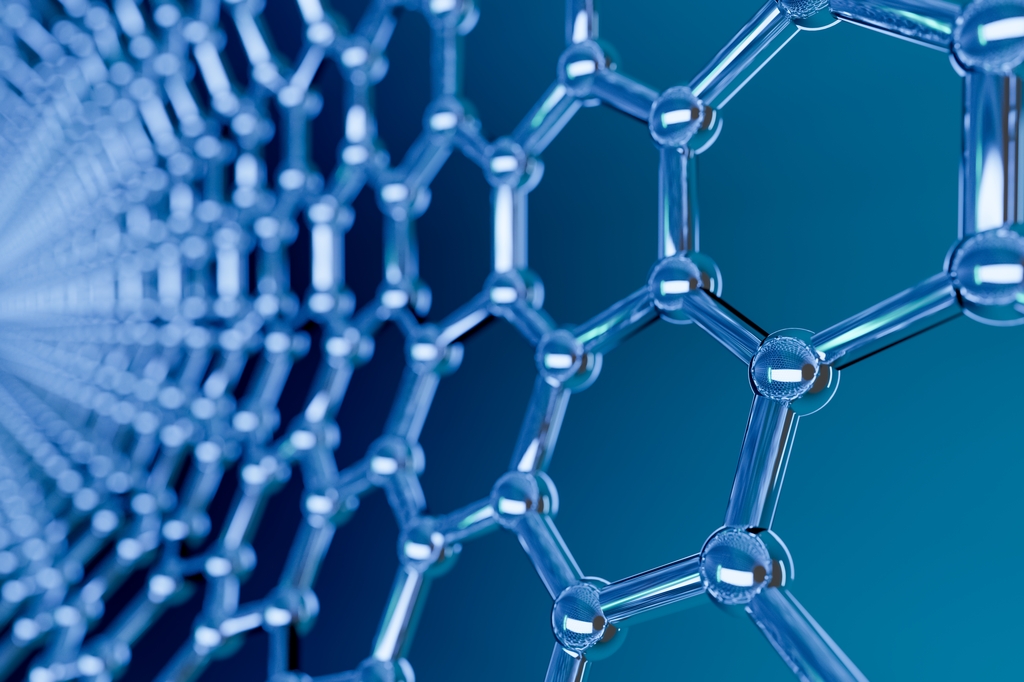Everything that exists is made of atoms. This newspaper, the pen with which I write, the reader and I, are made up of atoms. These atoms, in turn, create molecules, which form the materials we know.
Atoms and molecules are so small that any nanosized structure like them has to be magnified more than 10 million times before we can see it with the naked eye. A nanometer is exactly 0,000000001 meters. The prefix “nano” indicates extreme smallness.
Nanotechnology refers to technologies in which matter is manipulated at the atomic and molecular scale to create new materials and processes, with functional characteristics different from ordinary materials. The aim is to control the fundamental structure and behavior of matter at the level of atoms and molecules.
But how are materials manipulated and controlled on a nanometric scale? There are two forms, from top to bottom, where ultraminiaturization is used from large materials to result in smaller and smaller devices, or from bottom to top, where molecular fabrication involves the manipulation of individual atoms .
Possible applications are found especially in three main areas: Nanoelectronics, Nanobiology and Nanomaterials.
In the future, it is expected that it will be possible, in the Life Sciences, to obtain a rapid diagnosis of diseases and benefit from non-invasive treatments, introduce intelligent medicines that only act on diseased cells or even the creation of artificial tissues.
In the area of Information and Communication Technologies, it is expected to be possible to create transparent and flexible electronics, integrate traditional systems with biological systems, obtain ultra-thin films for electronics and photonics, among other advantages.
In the field of Energy, Transport and Environment, we can have impacts in terms of the creation of nanoparticles and nanomaterials for energy conversion and storage, new corrosion-resistant coatings, smaller sensors, ecomaterials and new separation technologies (membranes and catalysis).
Nanotechnologies must be developed in a responsible and safe manner, where ethical principles must be respected and potential risks to health, safety or the environment must also be scientifically regulated and studied.
For the evolution of Nanotechnologies to be faster, specialized people, adequate infrastructure (more laboratories), capable instruments (new microscopy techniques, generically referred to as Scanning Probe Microscopies), coordination of the efforts of professionals from various areas (Biology) are needed. , Chemistry, Physics, Engineering, Medicine and Informatics), financial means, and citizens with a critical spirit and knowledge, to reflect together and contribute to the decision of how far we can and should go in Nanotechnology.
Note: Text written by Ivone Fachada under the Science@Bragança project and now available for the “Culture, Science and Technology” project of the Portuguese Press Association
Author: Ivone Fachada is the executive director of the Centro Ciência Viva de Bragança.
Postgraduate in History of Science and Science Education at the University of Aveiro and University of Coimbra (attendance of an interdisciplinary doctorate).
Master in Nature Management and Conservation from the University of Azores.
Degree in Forestry Engineering from the Polytechnic Institute of Bragança.
member of ScicomPT – National Science Communicators Network, being part of the Board of this Association between October 2017 and May 2020.
Teacher trainer, accredited by the Scientific and Pedagogical Council for Continuing Education in the domains: “A64- Environmental Sciences” and “D08 – Environmental Education”.
Author or co-author of more than thirty articles in journals, conferences and book chapters.





















Comments